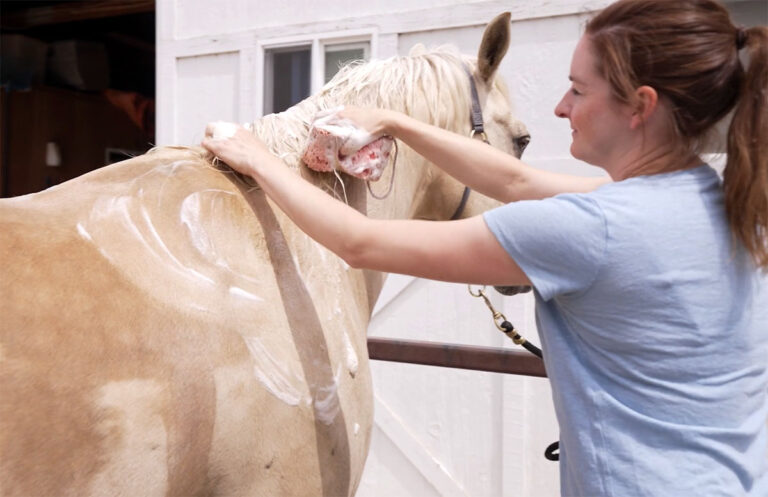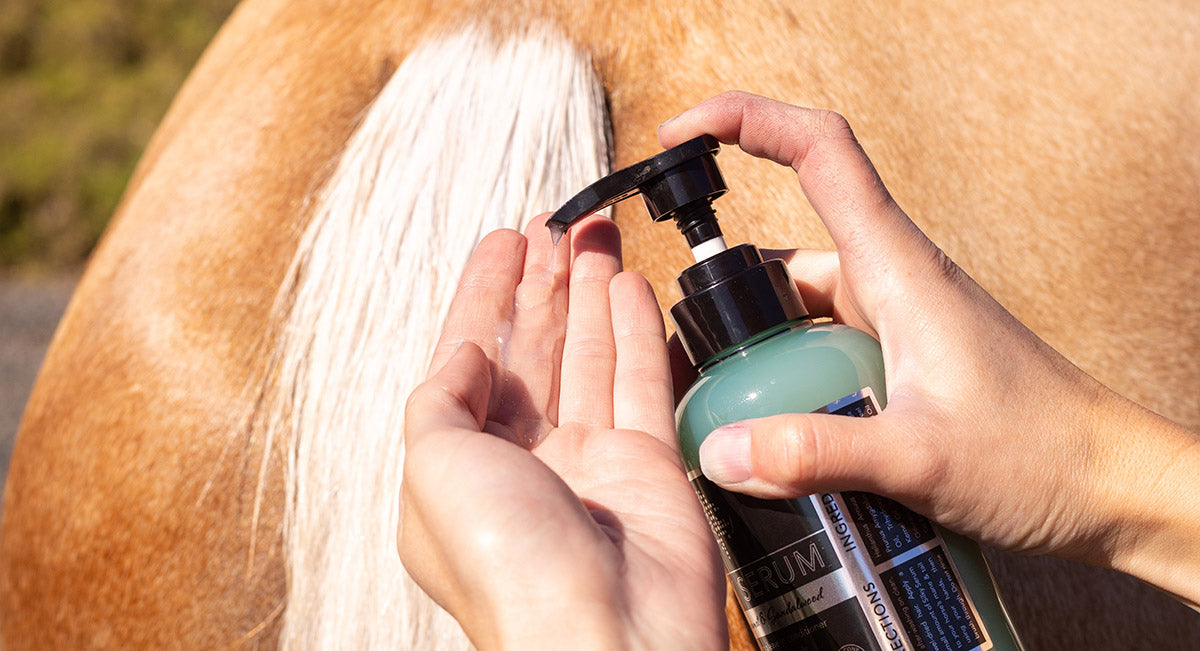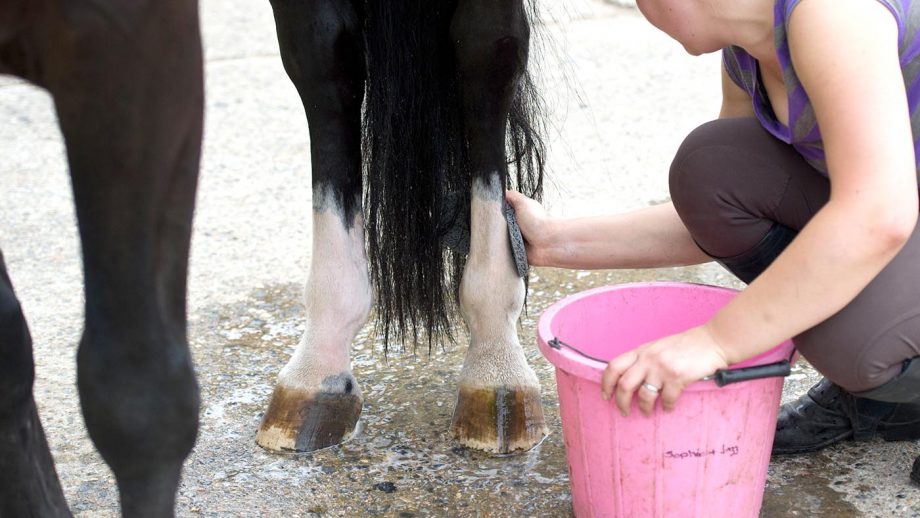Choosing what is the best bit for a horse can fundamentally change the riding experience for both the horse and rider. For horse enthusiasts, understanding bits is crucial. The choice of bit affects not only the horse’s comfort but also communication between rider and horse. Therefore, finding the right fit is essential for optimal performance and harmony.
The world of bits is vast, with many types and styles available. From snaffle to curb bits, the selection caters to different horses’ needs and riders’ preferences. This complex choice requires careful consideration of various factors, including the horse’s size, shape of the mouth, and its temperamental reactions under saddle. Making an informed choice helps maintain the horse’s health and prevent any misuse or discomfort.

Types of Horse Bits
Snaffle Bits
Snaffle bits are among the most common, known for their simplicity. They operate with direct pressure and come in various designs, including loose ring and eggbutt snaffles. Considered mild, they are often suitable for everyday use, especially for young, green horses just learning basic riding skills.
Curb Bits
Curb bits apply leverage and are typically used for more advanced horses. They require a skilled hand, as they can exert significant pressure. However, when used correctly, they are effective for certain disciplines such as Western riding. Horses trained with care respond well to the nuanced control offered by curb bits.
Criteria for Choosing the Best Bit
Mouthpiece Design
The design of the mouthpiece plays a critical role. Options vary from smooth to twisted, and even double-jointed pieces. The choice impacts pressure distribution and comfort, highlighting the need for proper training and handling.
Material Considerations
Bits are made from materials like stainless steel, copper, and rubber. Each material has different tastes and properties, influencing the horse’s response. For instance, copper promotes salivation, which can enhance comfort and responsiveness.
Fit and Comfort for Your Horse
Measuring for Fit
Ensuring a correct fit is paramount. A bit that’s too small or too large can cause discomfort or damage. Proper measuring involves assessing the width of the horse’s mouth and selecting an appropriate size that allows an inch of room on each side.
Signs of Discomfort
Understanding signs of bit discomfort is vital. Look for behaviors like head tossing, refusal to accept the bit, or excessive salivation. If any of these occur, reassessing the fit and type is necessary for maintaining equine welfare.
Training and Transition
Starting with Snaffles
Beginners often start with snaffles due to their straightforward operation. As the relationship and skills develop, transitioning to other bit types might become necessary, depending on the horse’s discipline and response.
Moving to Curb Bits
An important step in advancing training is transitioning to curb bits. This requires delicacy and precision, ensuring the horse’s well-being is at the forefront. Building trust and understanding through exercises can facilitate this process.
Conclusion: Final Thoughts on Bit Selection
Ultimately, determining what is the best bit for a horse hinges on understanding the individual needs of your horse. Experimenting with various types and being attentive to any cues the horse provides will guide your choice. Balancing technical knowledge with empathy ensures your equine companion is both happy and healthy.
For deeper insights, consider exploring resources on horse care basics to enhance your overall equestrian experience.

FAQs
What is the most common type of horse bit?
The snaffle bit is one of the most common types, appreciated for its simplicity and direct pressure design.
How do I know if my horse is comfortable with the bit?
Signs of comfort include relaxed posture, willingness to accept the bit, and quiet chewing. Monitoring these behaviors can indicate the horse’s satisfaction.
Can I use multiple bits on my horse?
It’s possible to switch between bits for different training sessions, as long as the horse is comfortable. Consulting a trainer for tailored advice can enhance this process.







